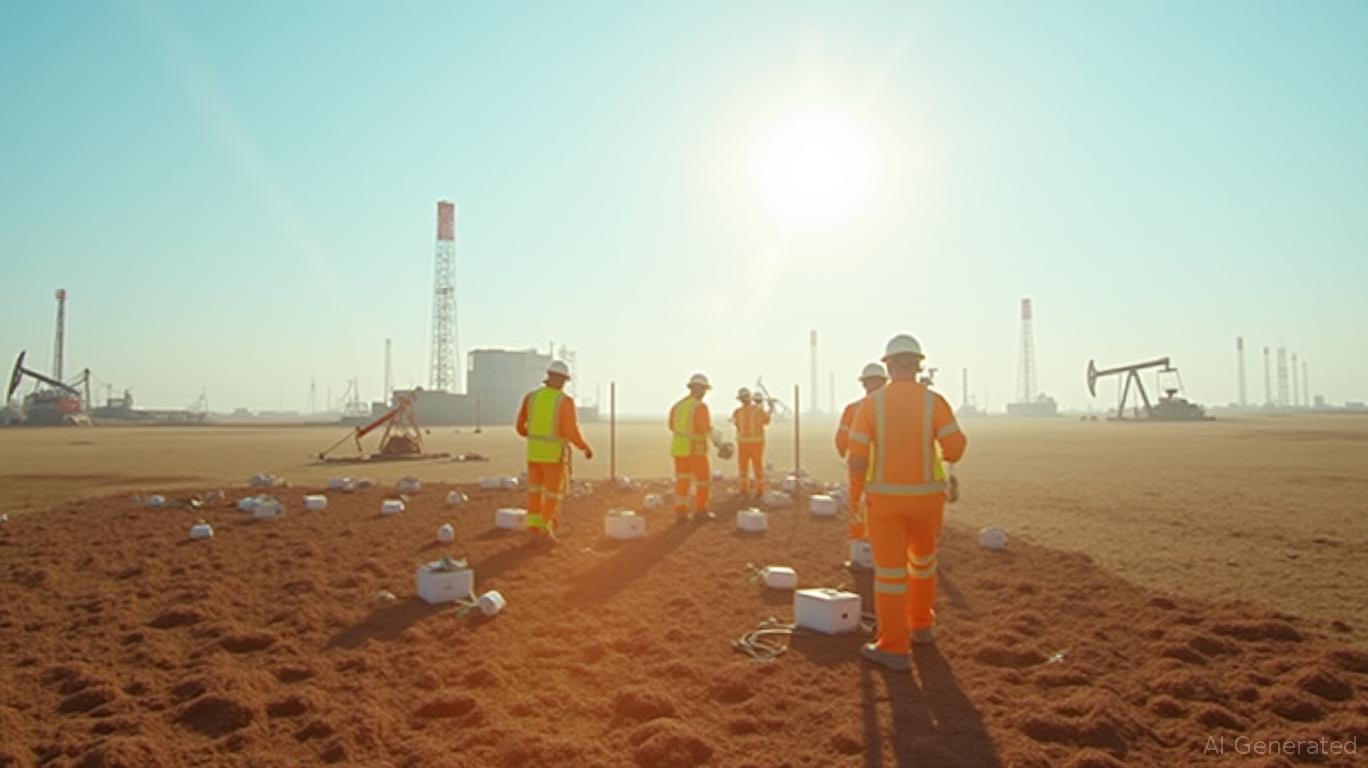Tethys Petroleum Navigates Regulatory Headwinds Amid Operational Gains
Tethys Petroleum (TSXV: TPL) has emerged from a turbulent early 2025 period with a mix of operational resilience and financial challenges, as detailed in its April corporate update. While the company demonstrated its ability to rebound from production setbacks, macroeconomic and regulatory pressures continue to weigh on its valuation. This analysis explores the critical factors shaping Tethys’ trajectory and its prospects in Central Asia’s energy landscape.
Operational Momentum Amid Setbacks
The resumption of gas production at the Akkulka and Kyzloi fields in April 2025 marked a pivotal recovery. With 20 of 21 wells operational, gas output stabilized at 205,000–210,000 cubic meters per day, underscoring Tethys’ technical capabilities. However, oil production faced a temporary slump in March due to severe winter weather, disrupting trucking logistics. By late April, output rebounded to 320 tons per day, illustrating the company’s adaptability in Kazakhstan’s harsh operating environment.

Financial Pressures Erode Reserve Value
The McDaniel & Associates reserve report revealed a sobering reality: Tethys’ proved and probable reserves retained physical stability, but their Net Present Value (NPV) dropped 11% to $560 million by year-end 2024, down from $629 million in 2023. This decline reflects three key challenges:
1. Lower Brent crude prices reduced revenue per barrel.
2. Wider Brent export differentials shrank netbacks for export-focused producers.
3. Kazakh fiscal policies penalized independent firms, including restrictions on refined product exports that depressed domestic crude prices.
The report also highlighted a stark disparity: State-linked companies with access to infrastructure and domestic sales channels fared better, while independents like Tethys bore the brunt of these structural headwinds.
Strategic Priorities: Compliance, Infrastructure, and Resilience
Tethys is doubling down on regulatory compliance and infrastructure upgrades to mitigate risks:
- Kul Bas Field Transition: The company submitted an application in January 2025 to shift the field from the “Preparatory Period” to “Production Period,” which would extend its license to 2048 and permit exports. A delayed regulatory decision (originally due by February 5) remains a critical uncertainty.
- Gas Utilization Infrastructure: The Central Processing Facility (CPF) and Gas Utilization Facilities (GUF), operational since late 2024, reduce gas flaring while enabling higher oil production. Phase 2 plans aim to expand capacity, contingent on approvals.
- Logistical Optimization: Tethys is exploring rail transport partnerships to reduce reliance on weather-vulnerable trucking, though progress remains slow.
Risks and Competitor Dynamics
Geopolitical and market risks loom large:
- State Competition: In Tajikistan’s Bokhtar project, Tethys was sidelined by China National Petroleum Corporation (CNPC), which now controls operations. This underscores the vulnerability of private firms to state-backed rivals in politically sensitive regions.
- Pricing Pressures: Kazakhstan’s ban on naptha exports has eroded mini-refinery profitability, indirectly lowering crude prices for Tethys. Domestic buyers now account for 80% of oil sales, with limited upside until export restrictions ease.
Market Context: Stock Performance and Valuation
Tethys’ shares have struggled to reflect operational progress. Despite stabilizing gas production, its stock price has lagged behind broader energy indices:
As of April 2025, TPL trades at a discount to its asset value, with the market pricing in ongoing regulatory and commodity risks. However, its cash flow stability from gas operations offers a floor to valuation.
Conclusion: A Fragile Equilibrium
Tethys Petroleum’s Q1 2025 update reveals a company balancing operational grit against systemic challenges. Its gas production recovery and infrastructure investments position it to capitalize on Central Asia’s energy demand, yet the 11% NPV decline and regulatory uncertainties demand caution.
Key takeaways for investors:
1. Upside: Successful transition of the Kul Bas field to the Production Period could unlock export revenue and revalue reserves.
2. Downside: Persistent fiscal policies and commodity price volatility may prolong valuation headwinds.
3. Risk Mitigation: Tethys’ focus on infrastructure and compliance aligns with long-term stability but requires patience.
The company’s $560 million NPV as of 2024 and its 320-ton/day oil production rebound suggest it remains a viable player in the region. However, without a resolution on the Kul Bas transition and a rebound in Brent prices, TPL’s growth trajectory hinges on factors largely outside its control. Investors should weigh its operational resilience against macroeconomic risks before committing capital.
In a sector where geopolitical and fiscal tailwinds often overshadow execution, Tethys’ story remains a cautionary tale of potential versus peril.

_b905d9341749265671656.jpg)








